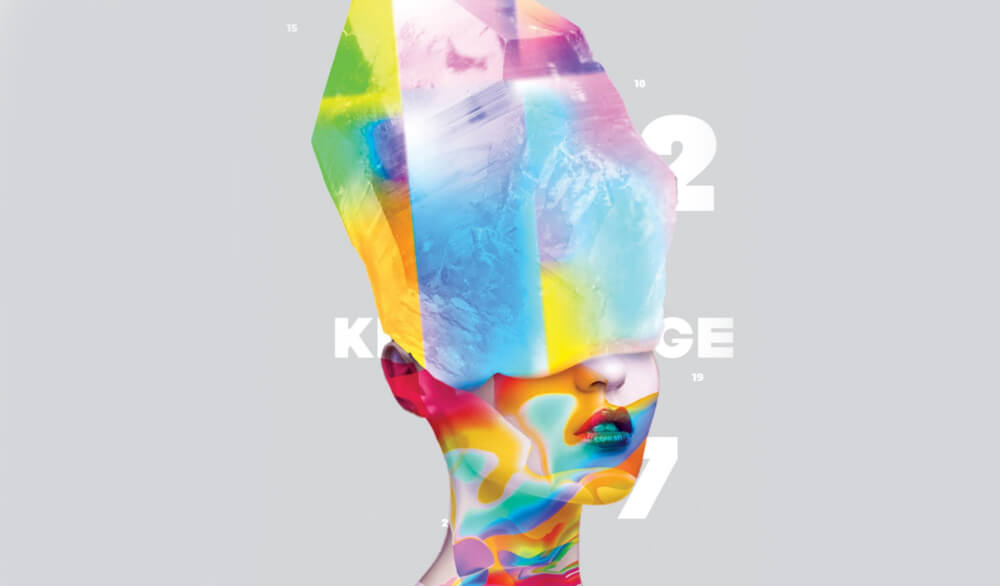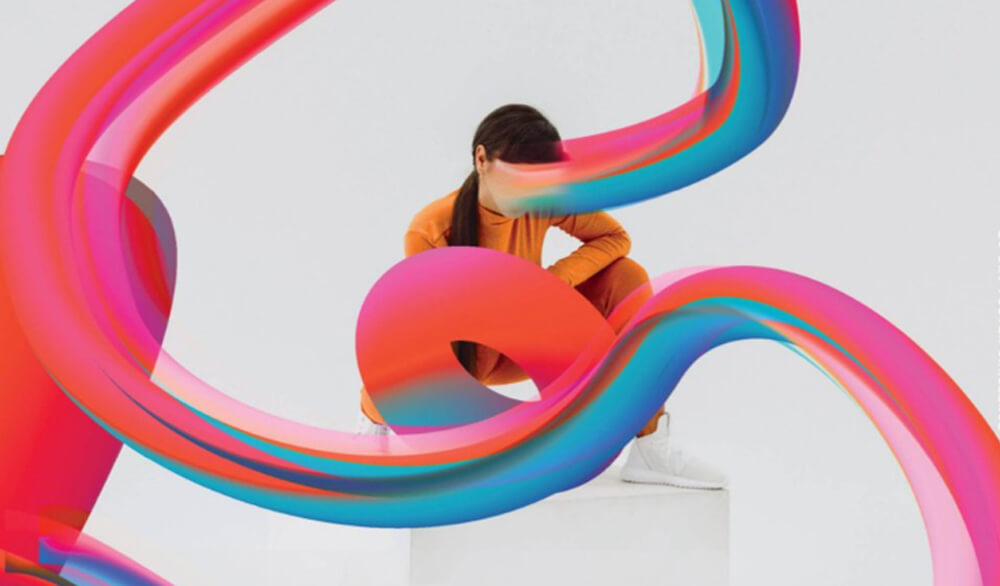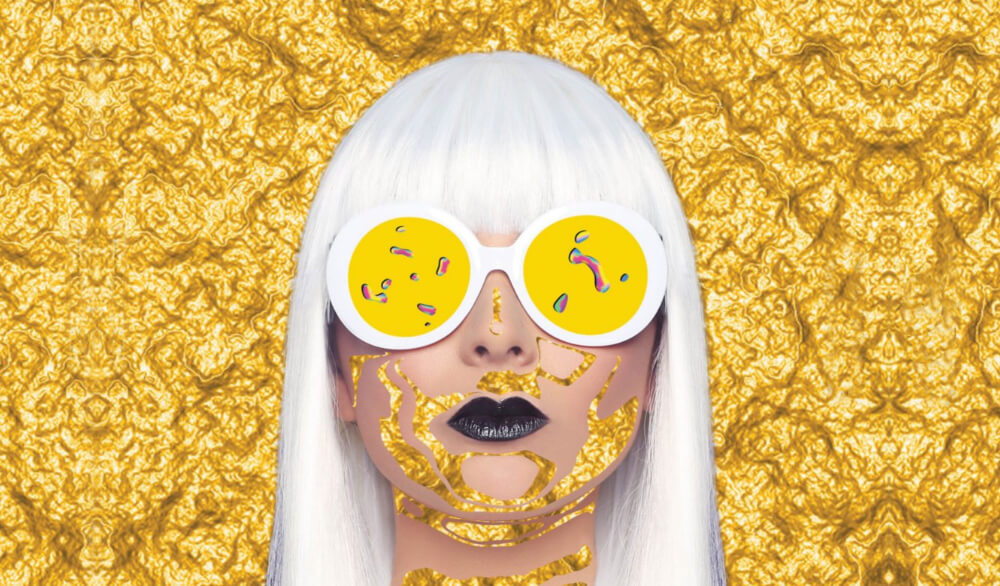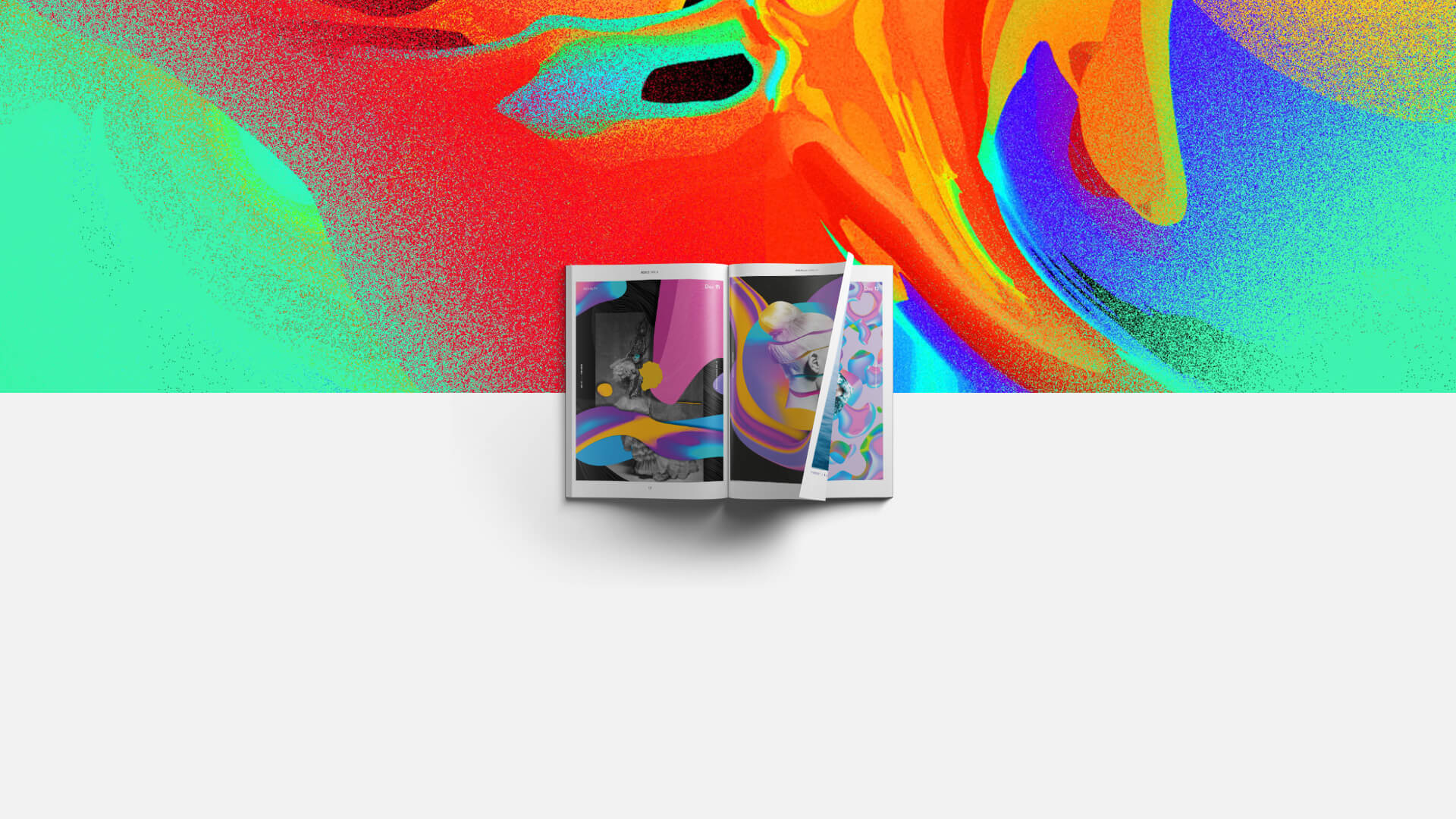An Interview with Adobe Creative Resident Temi Coker
Adobe Creative Resident Temi Coker is a digital artist and photographer based in Texas. Born in Lagos, Nigeria, he taught himself photography at “The University of YouTube,” and by giving himself creative challenges. From telling the story of his native city to learning new design tools, he shows how to grow your work by actually working.
Hear a bit more about his creative practices— challenging himself and learning on the go—in our conversation below.
1. Tell us a little bit about your work and why you make it
I am a Photographer and Digital Artist. I started photography 2011 and started taking design and photography seriously in 2014. Then in October 2016, I started my “A Poster a Day” project. It really pushed me to get better in Adobe Illustrator and Photoshop.
Want to try out Adobe tools for yourself? Take advantage of this special offer on Adobe tools for Blurb users.
I would honestly say my passion is for portrait photography and conveying a message, feeling, or story through visual arts. Three years ago, I started adding graphic elements to my portraits to help me better convey a feeling or emotion in my images.
2. When did you start making images and why?
In college, I was told, “Temi, you have an eye.” I didn’t know what that meant at the time, but now I do. I was editing other people’s pictures on my iPhone 3G. That same month, I bought my first camera. A Nikon d3100. I really only got a camera so I could take pictures of my friends and eventually my future family when I have one. That was the goal. I started taking my camera everywhere with me and learning everything I could. I tell people I graduated from “YouTube University” as well because I learned a lot from there.

3. What images inspire you? What sorts of images do you enjoy making the most?
I love images by Henri Cartier-Bresson, Gordon Parks, and several other notable photographers from the 20th century. What I love about the photographers back in the day was that they really shaped photography as it is today. There were a lot of candid shots, fashion, documentary etc. Everyone had their lane and specialty.
4. What is your go-to photography gear?
I currently shoot with the Sony A7RIII + 85mm 1.8 Zeiss Batis, 55mm 1.8 Zeiss, and 35mm 2.8 Zeiss.
5. Where was it that you learned the most about photography?
I learned from asking questions, and most importantly, going out to shoot. I think sometimes we spend too much time consuming, rather than actually going out there and photographing people or things we love. YouTube also helped.
6. What made you choose the magazine format?
Starting my poster project, I knew I always wanted to turn this into a book or do an exhibition. I made my book in portrait size because I wanted the people looking at it to see everything. The details, the colors, the textures etc. I chose the magazine format because I’ve always been curious to see how the quality came out compared to a normal book. I used Blurb for my first book a few years ago and have been using them since. The magazine quality came out amazing.

7. What elements make a good magazine?
I think the content, the layouts, and design can make or break a good magazine. I love magazines that go outside the box and create a lane for themselves. Sometimes we play things too safe because no one has ever done it before. I’m guilty of that, but I want to do better and try new things in the future.
8. What was your reaction when you first opened and leafed through your finished product? How does it compare to other magazines you’ve seen?
I was totally in shock. I couldn’t believe my eyes! It just felt so good to see my photography and design work in a book. I can’t wait to print more.
9. What do you like and where does it show up in the magazine? What inspired your color choices, layouts, typography, etc.?
I wanted my cover to be something that grabs people’s attention. The series in the book was based on gradients. Every page has some sort of gradient in the design, and I wanted that to be the theme throughout the magazine. I wanted any text I had in the book to not distract people from the art, so my magazine has minimal words apart from the intro page which talks about me and what I do.

10. What is your relationship to print? What role do you think print has in a digital world?
I think print is ALIVE and doing well. I’ve had so many people order my artwork to hang up in their houses, shops, galleries etc. It’s been an amazing experience to see my work hanging in someone’s house. I can’t wait until my book is sitting on someone’s coffee table!
11. What advice would you give someone creating his or her first magazine? What did you learn?
Always work backward. What do you want people to know, see, or learn after going through the magazine? What’s the theme? What’s the topic? Who’s your audience? I had to ask myself these questions before making the magazine, and it helped me a lot.
12. What project are you dying to do next?
Starting this month, I’m going to be working on album covers for artists and also make my own. I’m so excited because I truly believe in creating the type of work you want to be hired for—this gives me the opportunity to do just that.
Want to put your own ideas in print with a newsstand-quality magazine? Get started today. Whether you’re creating serial content or high-volume printing projects, you can choose from Premium and Economy print options.


This post doesn't have any comment. Be the first one!